How the Christmas Truce of 1914 put a global conflict on pause
- By Amy Dickey
Share This Article

In late December of 1914, amid the fierce fighting of World War I, a series of unprecedented and unofficial truces occurred between opposing forces, in recognition of Christmas. There has never been anything quite like it since, and to this day, it is seen as an unconventional example of humanity in unexpected places.
Christmas that year came a short five months after the start of WWI, and the Western Front was already becoming firmly established as decisive in the conflict between Allied and German troops. Entrenchment began in September, and by November, both sides had continuous lines from the North Sea all the way to the Swiss border, covering over 400 miles.
Attempts at temporary civility began on December 7th, when Pope Benedict XV tried to appeal to European leaders, asking if “the guns may fall silent at least upon the night the angels sang.”
The formal request for a “Christmas truce” was flatly denied by all involved. This act lends itself to the still debated question of how these widespread truces came about, since they had been actively denounced. Some speculate that it was sheer disheartened exhaustion, coupled with the loss of the naivety soldiers had just months before. At its onset, many of the soldiers had believed the conflict would be resolved by the year’s end.
Despite continued fighting and opposition, Christmas Eve for some was met with the singing of carols instead of gunfire. By Christmas morning, German soldiers were approaching Allied lines, wishing soldiers a Merry Christmas and even attempting to do so in their respective languages. Allied soldiers were initially skeptical of this display of kind-heartedness, but upon realizing the soldiers were unarmed, many made the decision to interact and connect with those on the other side.
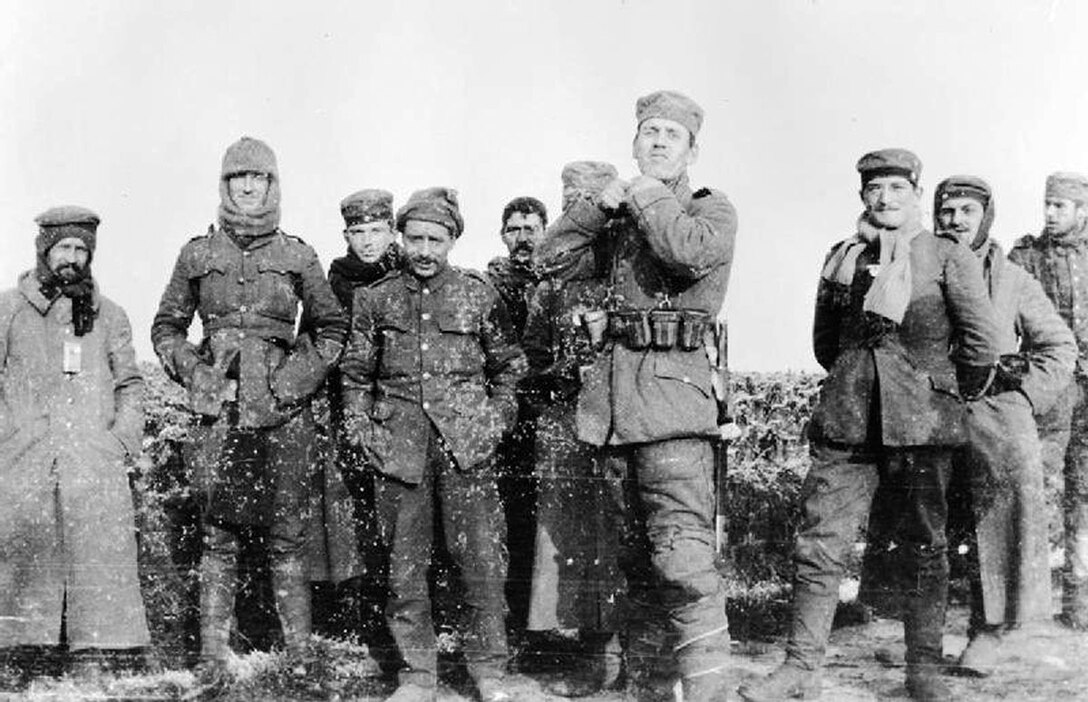
British soldier George Eade, was told by one of the German soldiers he encountered that day, “Today we have peace. Tomorrow, you fight for your country, I fight for mine. Good luck.”
They sang, exchanged food, cigarettes, and other goods, and according to some, even played a game of soccer together. There were ceasefires called so that both sides could retrieve the bodies of those who had been killed in battle and left between enemy trenches so that they could have a more proper burial. All in all, it’s said that nearly 100,000 soldiers were part of this truce.
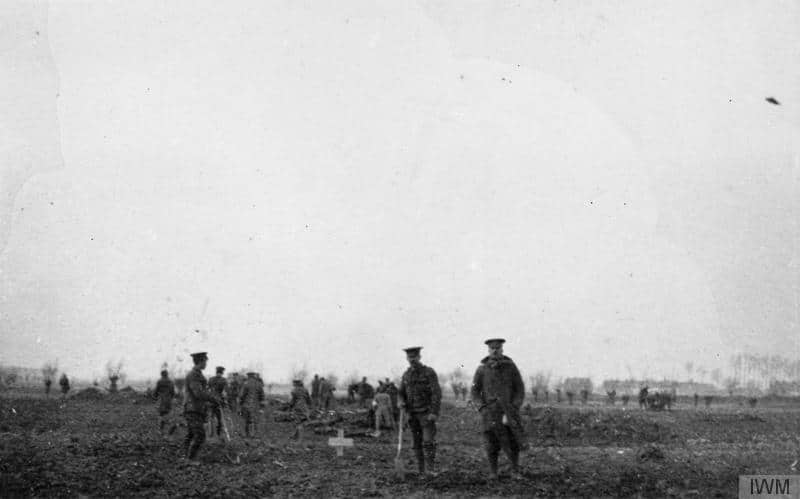
19 year old private Henry Williamson, who was with the London Rifle Brigade, wrote to his mother, on December 26th, 1914:
“Dear Mother,
I am writing from the trenches . . . In my mouth is a pipe presented by the Princess Mary. In the pipe is tobacco. Of course, you say. But wait. In the pipe is German tobacco. Haha, you say, from a prisoner or found in a captured trench. Oh dear, no! From a German soldier. Yes a live German soldier from his own trench. Yesterday the British & Germans met & shook hands in the Ground between the trenches, exchanged souvenirs, & shook hands. Yes, all day, & as I write. Marvelous, isn’t it?”

There remains a lot of differing opinions about the when, where, and why this all happened, but to many, that only adds to the idea that this was, in part, a true Christmas miracle. Similar truces were attempted the following year, but were met with less willingness and more strict orders against them. In a war that killed an estimated 20 million, the 1914 truce still leads as an example of light, in even the darkest of times.
Related Posts
Sandboxx News Merch
-

‘AirPower’ Classic Hoodie
$46.00 – $48.00 Select options This product has multiple variants. The options may be chosen on the product page -

‘Sandboxx News’ Trucker Cap
$27.00 Select options This product has multiple variants. The options may be chosen on the product page -

‘Kinetic Diplomacy’ Bumper Sticker (Black)
$8.00 Add to cart
Amy Dickey
Amy is a military spouse, mother of two and counseling intern at a substance abuse clinic. She is currently working towards her Master's degree in Mental Health & Wellness Counseling from New York University, and has obtained a Bachelors degree in Human Services from Southern New Hampshire University.
Related to: Military History
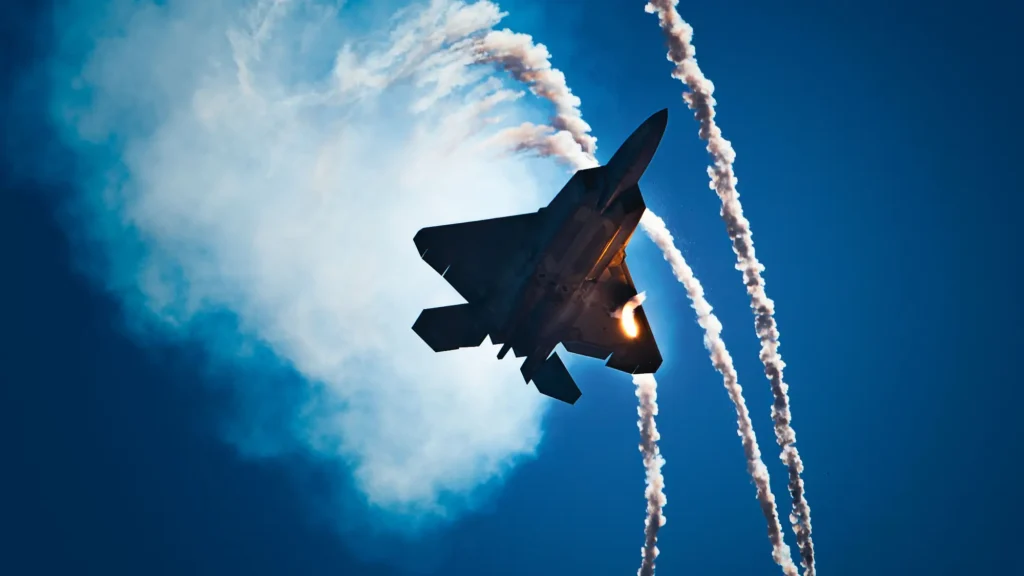
America’s first 6th-gen fighter jet will be Boeing’s F-47, Trump just announced
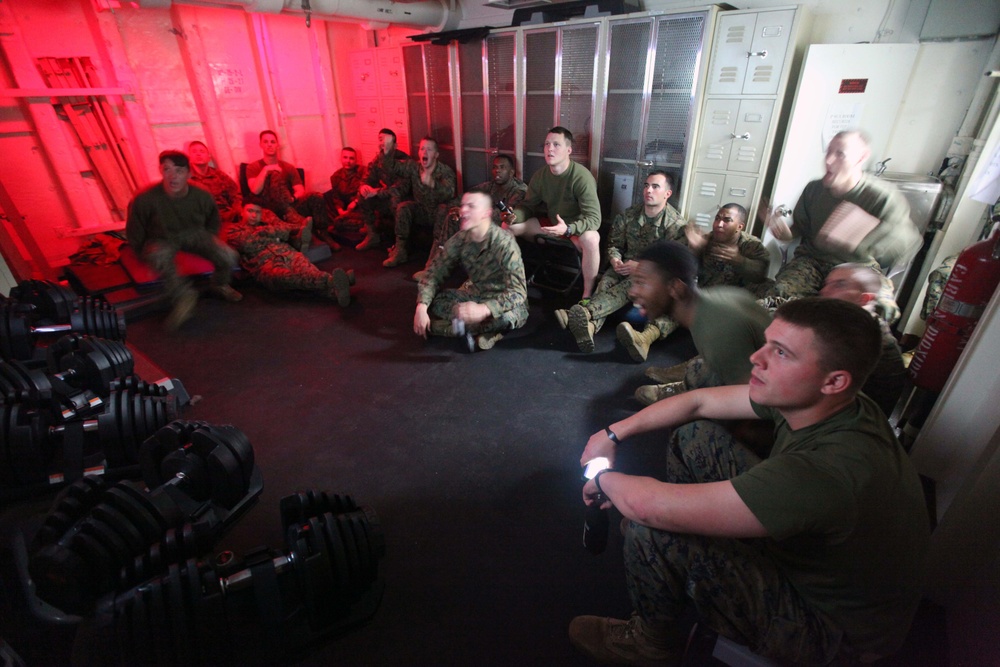
3 new TV shows to watch to make service time pass faster
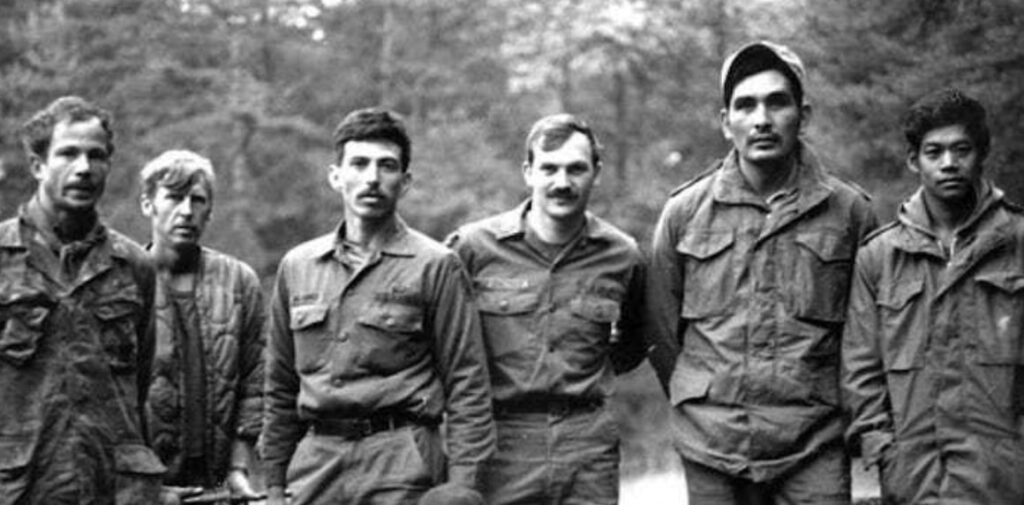
Delta Force Assessment and Selection: Spending nights at base camps

The US Navy is forced to wait on its new flagship frigate
Sandboxx News
-

‘Sandboxx News’ Trucker Cap
$27.00 Select options This product has multiple variants. The options may be chosen on the product page -

‘AirPower’ Classic Hoodie
$46.00 – $48.00 Select options This product has multiple variants. The options may be chosen on the product page -

‘AirPower’ Golf Rope Hat
$31.00 Select options This product has multiple variants. The options may be chosen on the product page -

‘Sandboxx News’ Dad Hat
$27.00 Select options This product has multiple variants. The options may be chosen on the product page
